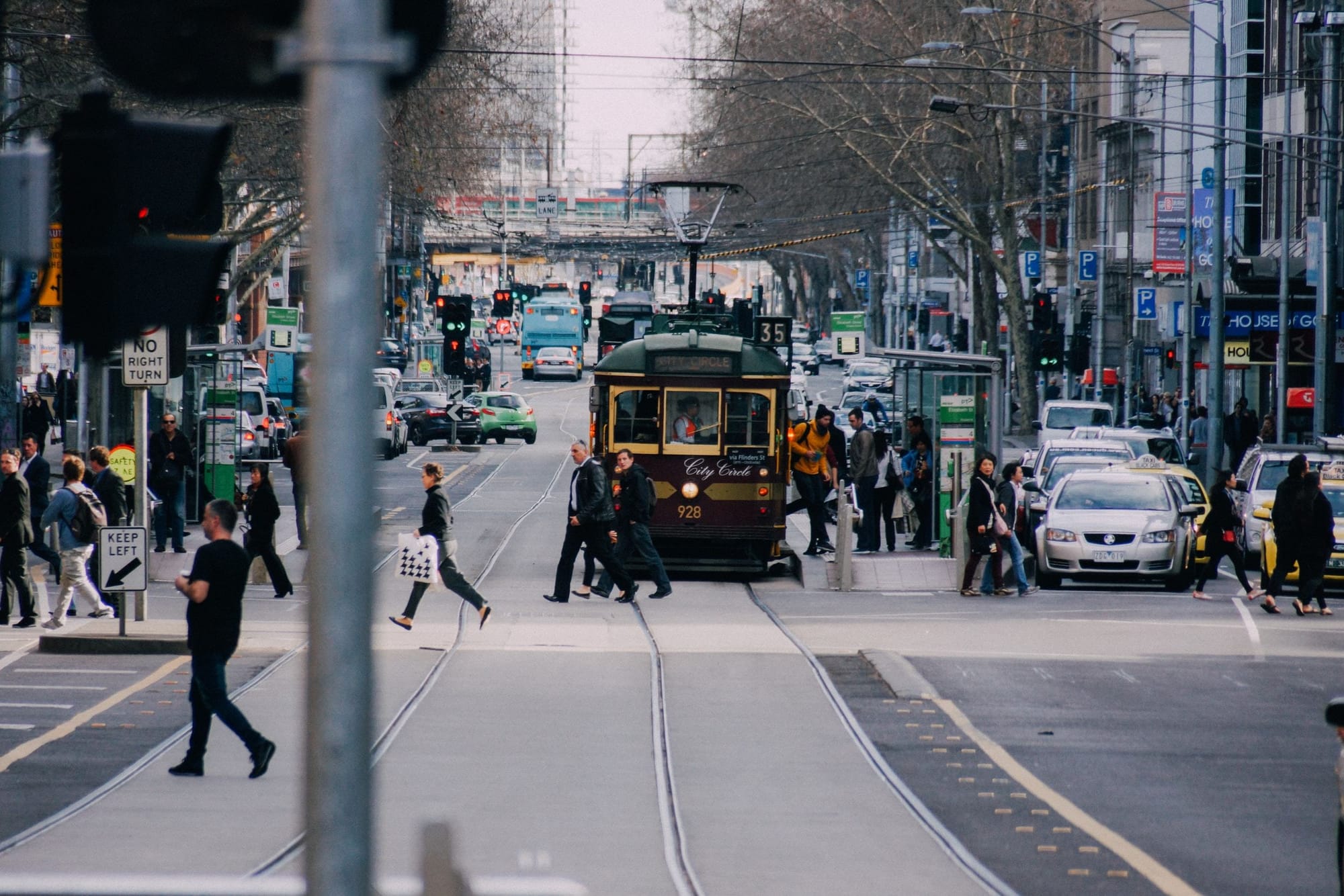Resilience transportation

Transportation resilience refers to the ability of transportation systems to withstand, adapt to, and quickly recover from disruptions such as natural disasters, climate change, and other unexpected events. Here are some key points about resilience in transportation:
- Cybersecurity and Resilience in Intelligent Transportation Systems (ITS): ITS integrates advanced technologies like autonomous vehicles and real-time data analytics but also faces new vulnerabilities like cyber-attacks and data breaches. Ensuring cybersecurity and resilience is crucial to protect these systems.
- Global Food Supply Chain Resilience: Events like the COVID-19 pandemic and conflicts can disrupt global supply chains, affecting food imports and transportation. Assessing and improving resilience in food supply chains is vital for maintaining food security.
- Congestion Pricing and Resilient Transit: Implementing congestion pricing can help manage traffic and improve the resilience of transit systems, especially in the face of climate change and extreme weather events.
- Incorporating Resilience into Transportation Planning: Long-term transportation planning should consider resilience to natural and man-made hazards, ensuring that infrastructure can withstand and recover from disruptions.
- World Bank Initiatives: The World Bank supports projects to strengthen transport resilience in countries like Kenya, Paraguay, and Peru, focusing on improving infrastructure to withstand natural disasters and climate change.

The effects of incorporating IT into transportation resilience are significant and multifaceted. Here are some key impacts:
- Enhanced Data Collection and Analysis: IT enables the collection and analysis of vast amounts of data from various sources, such as sensors, GPS, and traffic cameras. This data helps in real-time monitoring and decision-making, improving the ability to respond to disruptions quickly.
- Improved Communication and Coordination: IT facilitates better communication and coordination among different stakeholders, including transportation agencies, emergency responders, and the public. This ensures a more efficient and unified response during disruptions.
- Predictive Maintenance: By using IT tools like predictive analytics, transportation agencies can anticipate potential failures in infrastructure and perform maintenance before issues become critical, reducing the risk of unexpected breakdowns.
- Smart Infrastructure: IT enables the development of smart infrastructure, such as intelligent traffic management systems and automated toll collection, which can adapt to changing conditions and improve overall system resilience.
- Cybersecurity: While IT brings many benefits, it also introduces new vulnerabilities, such as the risk of cyber-attacks. Ensuring robust cybersecurity measures is crucial to protect transportation systems from such threats.
- Climate Adaptation: IT can help in modeling and predicting the impacts of climate change on transportation systems, allowing for better planning and implementation of adaptation measures.
Overall, the integration of IT into transportation systems enhances their resilience by providing tools for better planning, real-time response, and long-term adaptation to various challenges.
Information technology (IT) has numerous applications and uses in enhancing the resilience of transportation systems. Here's a breakdown of some key uses:
- Real-time Traffic Management:
- IT systems like traffic sensors, cameras, and GPS help monitor traffic flow in real time.
- These systems can adjust traffic signals and reroute traffic during emergencies to prevent congestion.
- Predictive Analytics:
- Predictive maintenance systems use data analytics to predict when infrastructure like bridges and roads will need repairs.
- This prevents unexpected failures and extends the life of transportation infrastructure.
- Emergency Response:
- IT enables quick and coordinated responses to accidents and natural disasters.
- Dispatch centers use real-time data to direct emergency vehicles efficiently.
- Public Transportation Optimization:
- Apps and platforms provide real-time information about bus and train schedules, delays, and alternate routes.
- This improves the reliability and convenience of public transport.
- Smart Infrastructure:
- Implementation of smart technologies like adaptive traffic signals and connected vehicles.
- Enhances traffic flow and reduces the likelihood of accidents.
- Cybersecurity:
- Protects transportation systems from cyber-attacks that could disrupt services.
- Ensures data integrity and operational continuity.
- Climate Adaptation:
- Uses data modeling to predict the impacts of climate change on transportation infrastructure.
- Helps in planning and implementing resilient infrastructure adaptations.
- User Engagement and Education:
- Mobile apps and websites engage users with updates, safety information, and education on best practices for using transport networks.
By leveraging these IT applications, transportation systems can become more resilient, ensuring smoother operations and quicker recoveries from disruptions.
Here are some examples of IT projects aimed at enhancing transportation resilience:
- Seismic Retrofitting of Bridges in Oregon: The National Institute for Transportation and Communities (NITC) funded a project to assess and retrofit highway bridges in Oregon based on their seismic vulnerability. This project aimed to ensure that the most vulnerable bridges were retrofitted first to withstand earthquakes.
- Climate Resilience in Transportation Infrastructure: Boston Consulting Group (BCG) developed a use-case-driven approach to find optimal tech solutions for climate resilience in transportation. This project focuses on the complete resilience curve—from readiness to response to recovery—and covers the full infrastructure life cycle.
- Rethinking Streets During COVID-19: NITC researchers published a book compiling examples of street improvements from cities across the U.S. This project aimed to help planners and engineers visualize how other communities responded to travel changes brought about by the COVID-19 pandemic.
- Global BCG Analysis of Adaptation and Resilience Projects: BCG conducted a global analysis of over 100 adaptation and resilience projects in land transportation infrastructure. The project aimed to identify comprehensive, coordinated solutions to enhance resilience.
- World Bank Initiatives: The World Bank supports projects to strengthen transport resilience in countries like Kenya, Paraguay, and Peru. These projects focus on improving infrastructure to withstand natural disasters and climate change.
These projects demonstrate how IT can be leveraged to enhance the resilience of transportation systems, ensuring they can withstand and recover from disruptions effectively.
MHC projects example
- industrial area of Sohar Oman
- Al 3oaha Industrial -Oman


